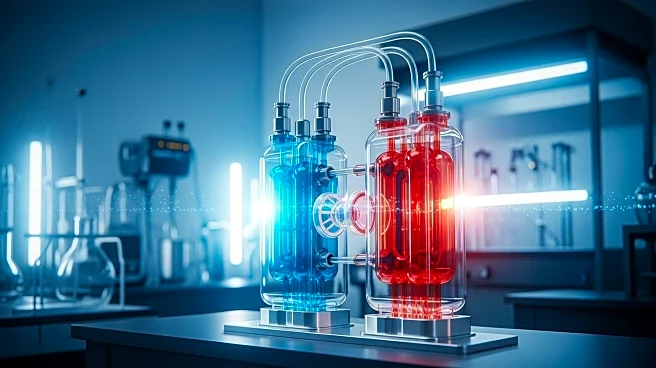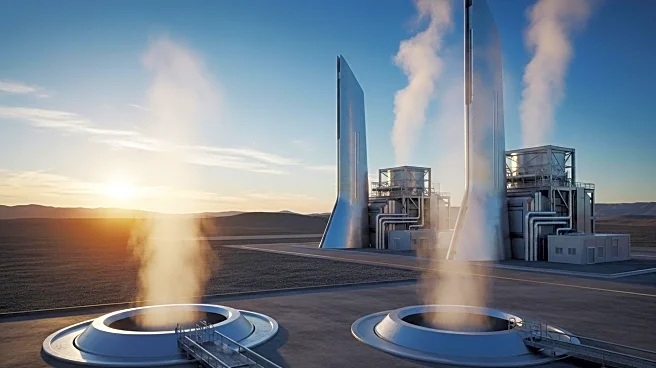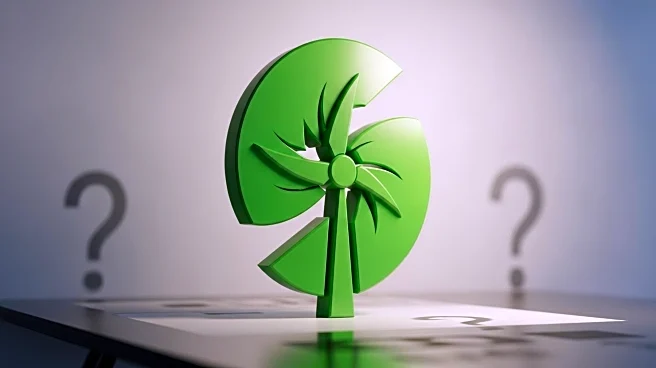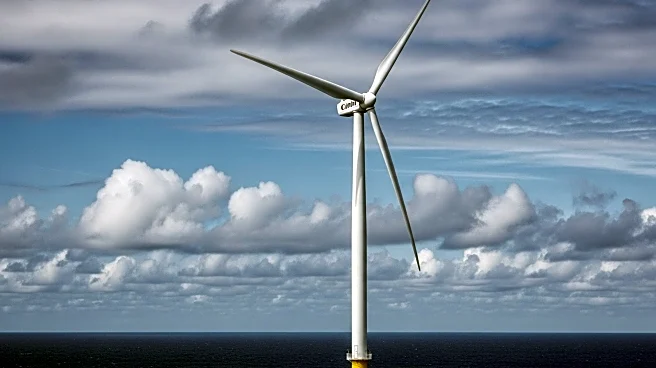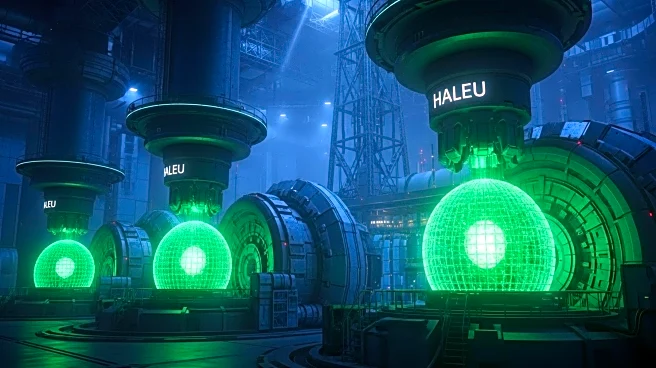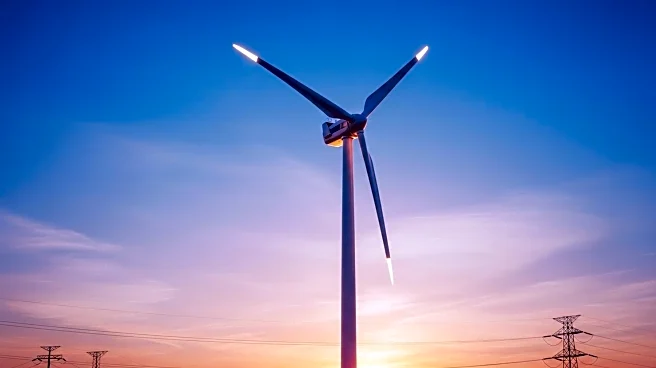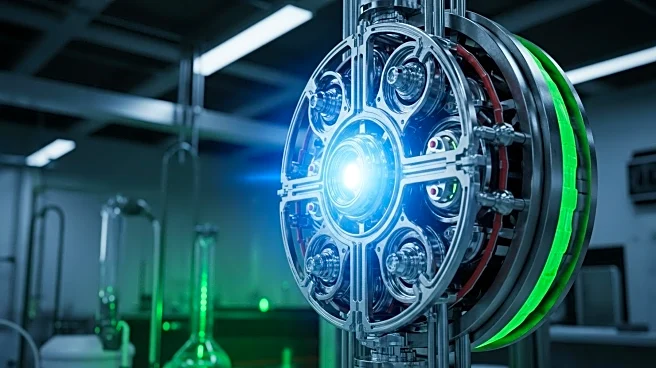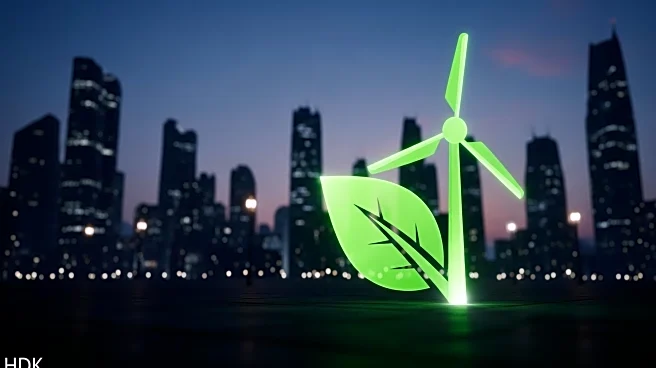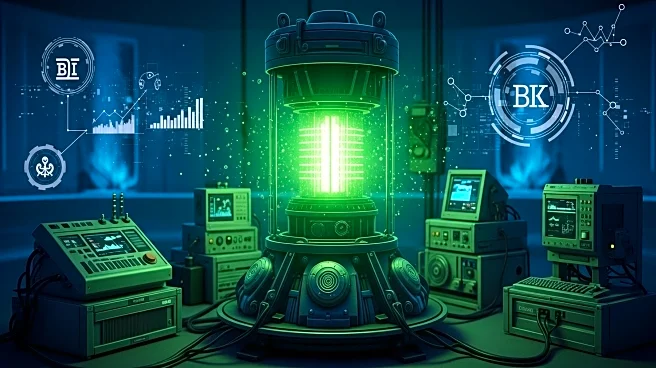What is the story about?
What's Happening?
Researchers at the Idaho National Laboratory have developed a protonic ceramic fuel cell/protonic ceramic electrolysis cell (PCFC/PCEC) that offers improved efficiency and stability. These devices can operate in both fuel cell and electrolysis modes, providing flexibility for utilities. The technology allows for efficient hydrogen production and electricity generation, with water being generated or fed on the air side, reducing costs associated with fuel circulation or purification. The research aims to make these cells cost-effective and durable for industrial applications.
Why It's Important?
The advancement in PCFC/PCEC technology could play a significant role in the U.S. energy landscape, particularly in hydrogen production and clean energy initiatives. By improving efficiency and reducing costs, the technology supports the transition to sustainable energy sources, potentially reducing reliance on fossil fuels. Industries that require hydrogen for chemical production or energy storage stand to benefit from these developments. The research aligns with national goals for energy security and environmental sustainability.
AI Generated Content
Do you find this article useful?
